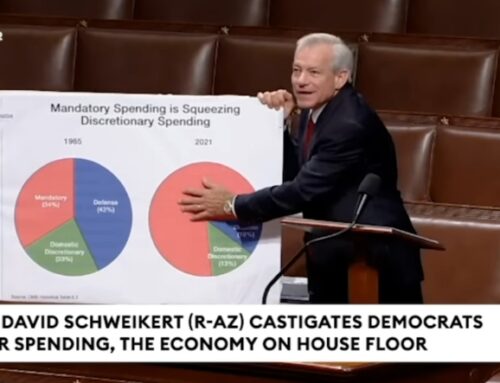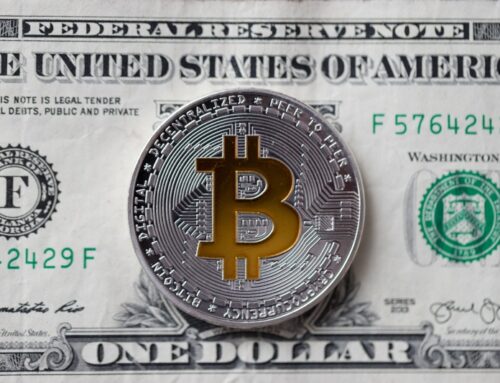Something seems wrong with the way we measure inflation. According to the government’s standard measure, the Consumer Price Index (CPI), inflation is roughly the same as it’s been for many years—3.1 percent. But it seems much higher to anybody who shops at grocery stores, drug stores, or hardware stories, or fills up at gas stations, or buys any of life’s ordinary necessities and conveniences.
According to an article in the New York Post, the American Institute of Economic Research has studied the issue and concluded that the inflation we experience in everyday life is really 8.1 percent.
The problem revealed by AIER lies in the products that form the basis of the index, which include major purchases whose prices have been held down by the terrible economy. The Post Explains:
(AIER’s) Everyday Price Index strips away the cost of big-ticket items, like homes and cars, and looks at the cost of things that consumers encounter on a daily or monthly basis, such as groceries, prescription medicine, and telephone and cable bills. By that measure, the Everyday Price Index shows inflation galloping ahead at an 8.1 percent annual rate….
So, like some other key government economic indicators, the rosy inflation figure looks much worse when you take a hard look at it.






